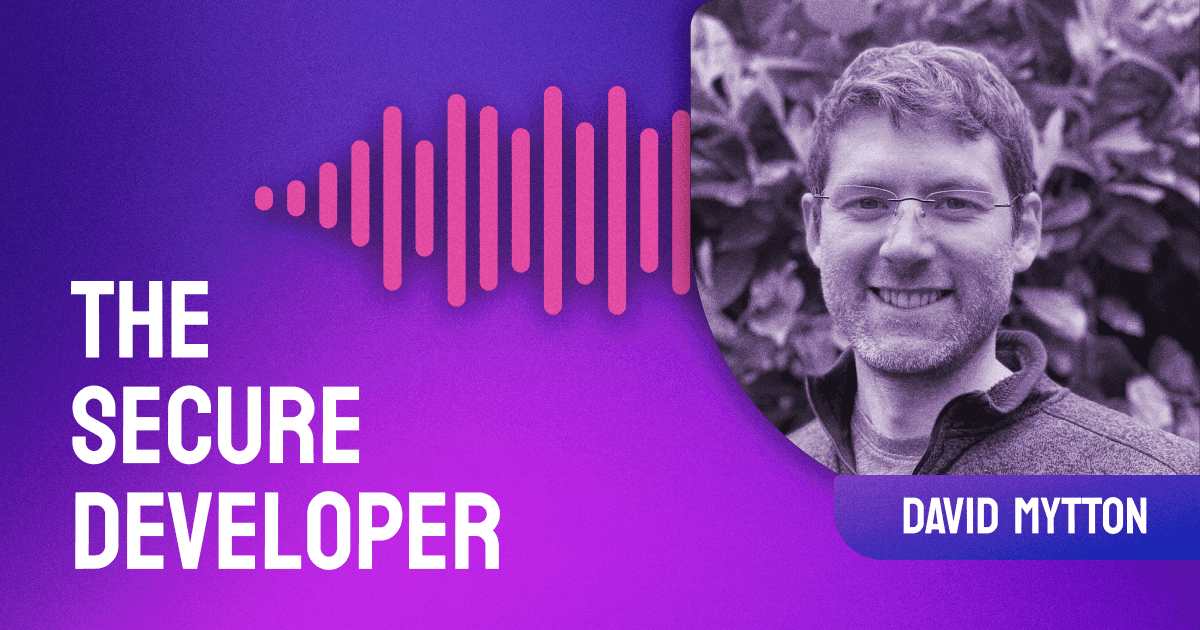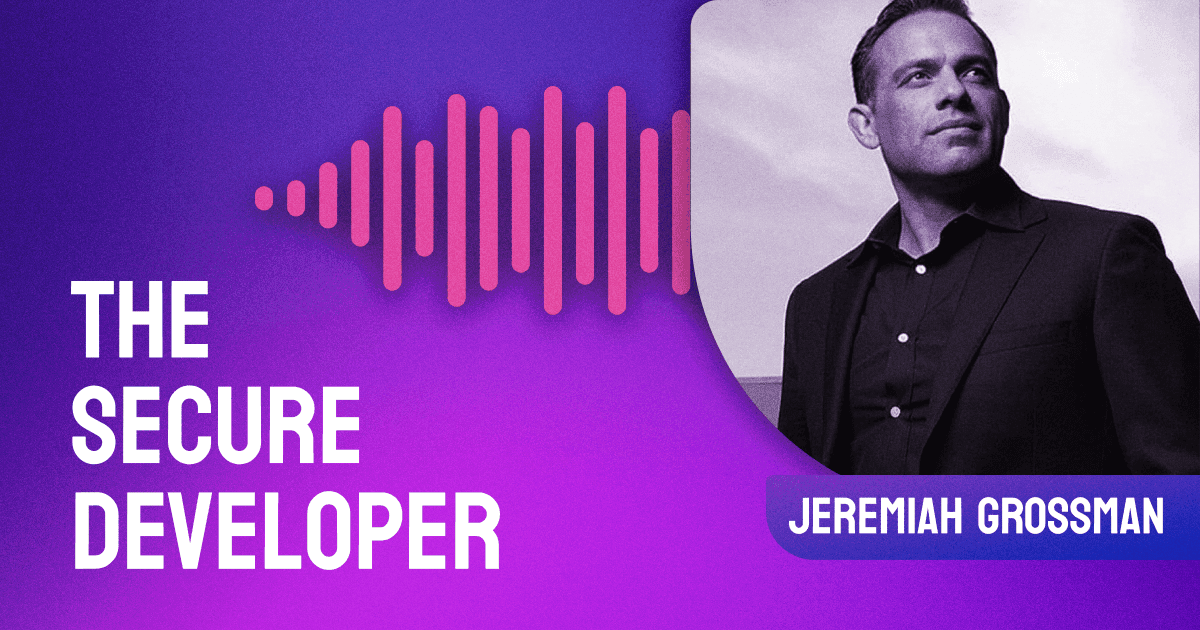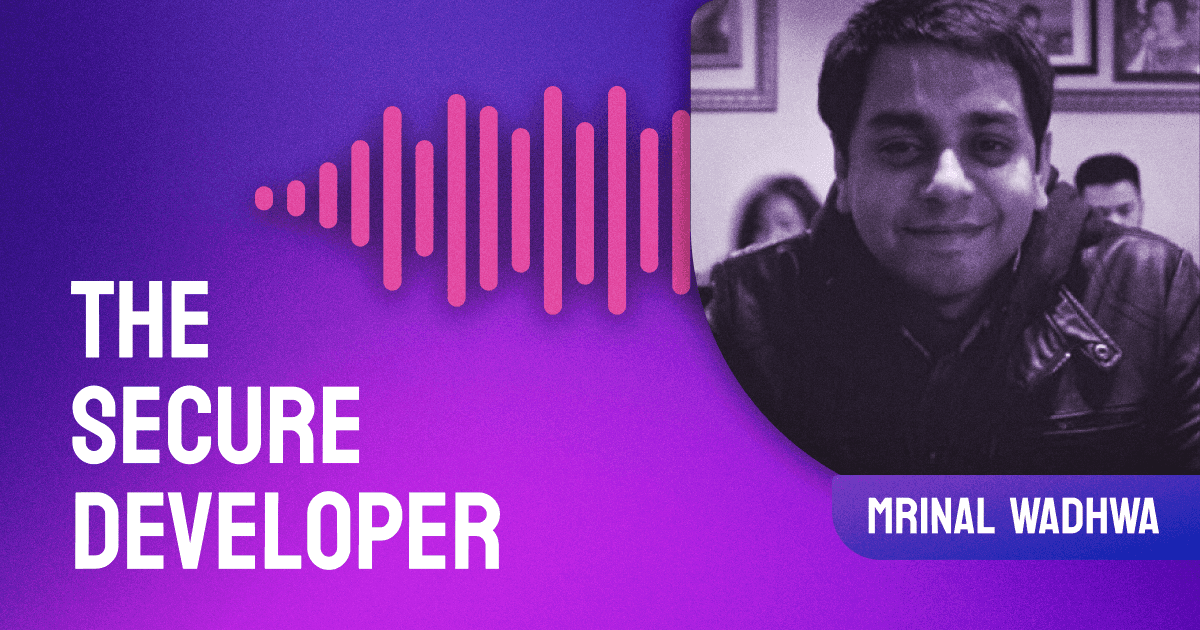Episode Summary
Imagine if AI could detect and fix vulnerabilities in your code faster and with greater precision than ever before. That future is already here! In today’s episode, we’re joined by Berkay Berabi, an AI researcher and Senior Software Engineer at Snyk, to dive into the cutting-edge world of AI-powered vulnerability detection. Berkay offers insight into how Snyk is leveraging a hybrid AI approach to detect and fix vulnerabilities in code, combining human-driven expertise with machine learning for greater accuracy and scalability. He also introduces CodeReduce, a game-changing tool by Snyk that strips away irrelevant code, streamlining the detection process and addressing the challenges posed by complex, multi-step data flows. Through rigorous model testing, Snyk ensures that AI-generated fixes are validated to prevent errors, making the process faster and more reliable.
Show Notes
In this fascinating episode of The Secure Developer, host Danny Allan sits down with Berkay Berabi, an AI researcher at Snyk, to explore the groundbreaking CodeReduce technology and its implications for software security. Berabi, who transitioned from electrical engineering to AI research, shares insights into how Snyk is revolutionizing vulnerability detection and remediation using artificial intelligence.
The conversation delves deep into the technical aspects of CodeReduce, explaining how this innovative approach reduces complex code structures by up to 50 times their original size while maintaining vulnerability detection capabilities. Berabi explains the sophisticated process of code reduction, analysis, and fix generation, highlighting how AI models can better understand and address security vulnerabilities when working with simplified code. The discussion also covers the challenges of different AI models, from T5 to StarCoder and Mixtral, exploring their varying capabilities, accuracies, and performance trade-offs.
The episode critically examines the future of AI in software development, addressing both opportunities and concerns. Berabi and Allan discuss recent findings about AI-generated code potentially introducing new vulnerabilities, referencing Gartner's prediction that by 2027, 25% of software vulnerabilities could be created by AI-generated code. They explore how tools like CodeReduce and other AI-powered security measures might help mitigate these risks while examining the broader implications of AI assistance in software development. This episode offers valuable insights for developers, security professionals, and anyone interested in the intersection of AI and software security.
Links





